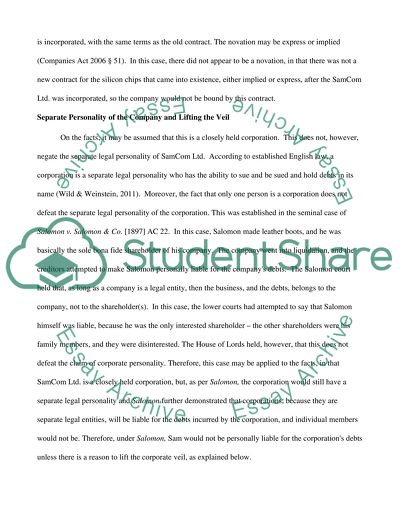Cite this document
(“Sam's Liability for SamCom Ltd's Obligations Essay”, n.d.)
Retrieved from https://studentshare.org/law/1440575-law3106-business-organisations
Retrieved from https://studentshare.org/law/1440575-law3106-business-organisations
(Sam's Liability for SamCom Ltd'S Obligations Essay)
https://studentshare.org/law/1440575-law3106-business-organisations.
https://studentshare.org/law/1440575-law3106-business-organisations.
“Sam's Liability for SamCom Ltd'S Obligations Essay”, n.d. https://studentshare.org/law/1440575-law3106-business-organisations.


